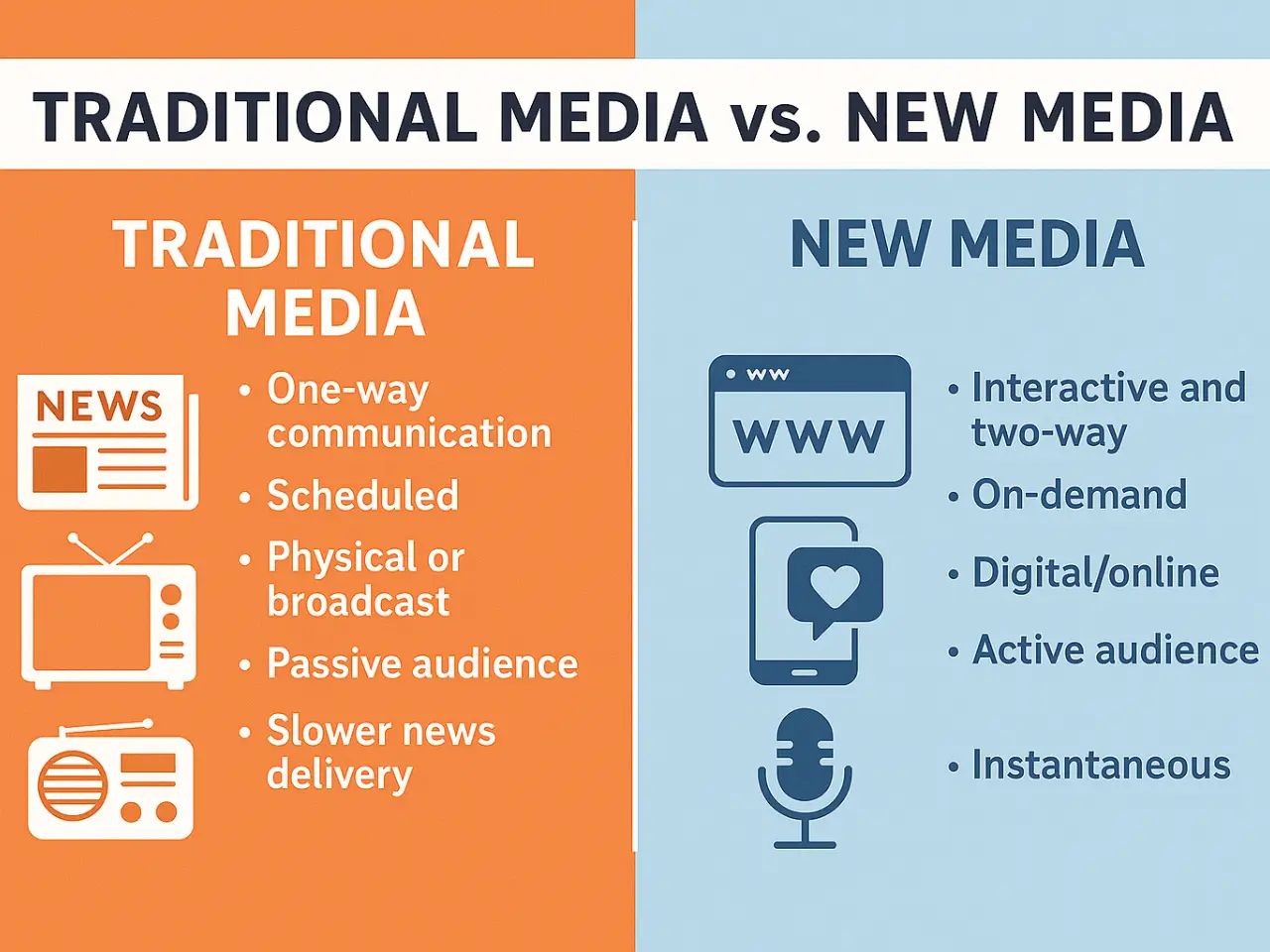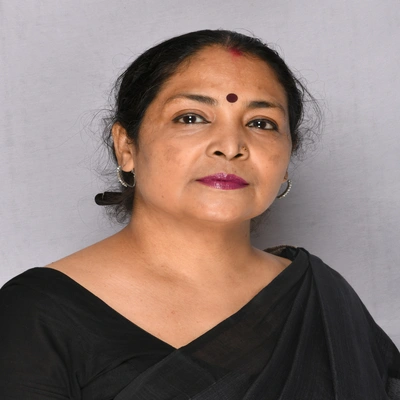New Media vs Traditional Media: A Comprehensive Guide
The landscape of journalism has undergone a seismic shift in recent years. Traditional media, like newspapers, television, and radio, once the pillars of news reporting, now share the stage with new media platforms such as web portals, social media, and podcasts. The line between mainstream and new media is increasingly blurred as digital innovation redefines how stories are told and consumed. Today, journalism operates on dual tracks: legacy media, known for its institutional credibility and structured formats, and an ever-evolving ecosystem of online platforms, citizen journalism, live updates, and mobile reporting, offering a real-time, interactive model of communication. As the best mass comm college in Kolkata, NSHM Media School Kolkata understands this shift and equips students to navigate both worlds with ease. Modern journalism is no longer just about reporting, it’s about creating compelling narratives that resonate across platforms, whether it’s a broadsheet, a smartphone screen, or a podcast.
Embracing Technology at NSHM Media School Kolkata
In today’s digital world, journalistic training involves much more than just writing and reporting. It includes production, design, layout, and digital publishing, making it essential for aspiring journalists to be proficient in various aspects of media. “At NSHM Media School Kolkata, we don’t just teach journalism, we train storytellers who can handle the speed of a tweet and the depth of a documentary,” says Prof. (Dr.) Mahul Brahma FCES, Dean of NSHM Media School in Kolkata.
Learn a Lot with Experiential Learning
One of the defining features of NSHM Media School is its focus on experiential learning. Students are encouraged to step out of the classroom and into real-world environments. Whether it’s scripting and anchoring radio shows, podcasting during festivals, or covering live events, NSHM ensures that students gain hands-on exposure that builds confidence and competence. Field assignments have taken NSHM Media School students to iconic locations like Sundarbans and Santiniketan, where they have created short films, documentaries, and live reports using devices like smartphones and drones. These projects reflect the modern practice of mobile journalism (MoJo), popularised by platforms such as Mojo Story and The Quint, preparing students for the future of digital media.
The Future of Journalism: Beyond the Newsroom
Modern journalism now extends beyond newsrooms, intersecting with fields like mass communication, public relations, advertising, digital marketing, and film production. At NSHM Media School, students are trained not only in field reporting and anchoring but also in media editing, photography, videography, and data journalism, skills that are essential to thriving in today’s competitive media landscape.
Confluence of AI and Creativity
The role of technology in shaping the future of journalism cannot be overstated. Artificial Intelligence (AI), Augmented Reality (AR), and Virtual Reality (VR) are revolutionising storytelling. AI, in particular, has streamlined content creation, enhanced user experiences, and provided predictive insights, dramatically reducing the effort involved in producing news. However, amidst all this automation, the human touch, empathy, ethics, and creativity remain irreplaceable, which is why NSHM Media School emphasises the importance of these values in its B.Sc. in Media Science in Kolkata programme.
Conclusion
In this era of digital acceleration, media professionals are expected to do more than follow trends, they must shape them. The role of the journalist today is to inform, inspire, and transform society. At NSHM Media School, we prepare our students to be at the forefront of this transformation by providing a holistic education that blends technological expertise, ethical practice, and creative storytelling. By embracing both new and traditional media, our students are ready to not only succeed in the fast-paced media world but also lead the industry toward a new future.







